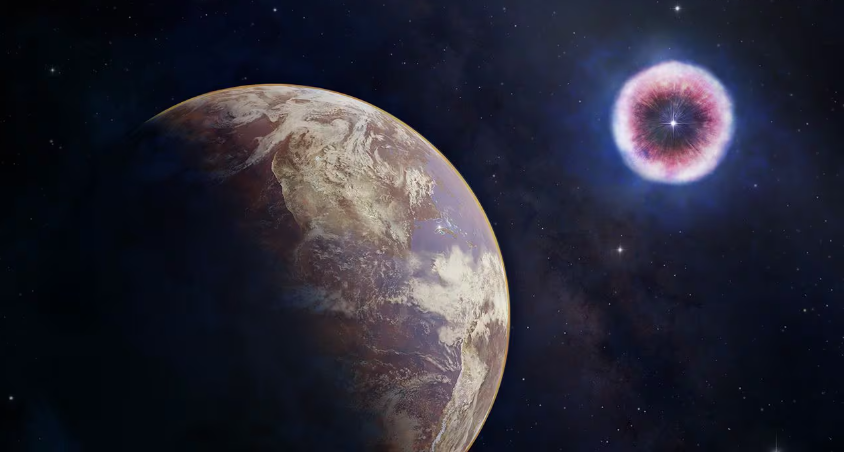
Thanks to artificial intelligence and amateur astronomers, approximately 400,000 spiral galaxies and 30,000 ring galaxies have been discovered in the Subaru Telescope's archived data.
By week
Galaxies display a wide variety of morphologies that reflect the history of individual galaxies. The data sets obtained from facilities such as the Subaru Telescope contain many galaxies, not all of which can be classified by astronomers.
In a citizen science project called 'Galaxy Cruise', professional astronomers asked more than 10,000 volunteer citizen astronomers to classify them. But even if divided among thousands of volunteers, the classification will still take time, according to a report by Subaru Telescope.
Artificial intelligence can perform classifications quickly, but it must first be trained on a table of human-made classification examples.
In this research, a team led by Waseda University Associate Professor Ritham Shimakawa trained the AI on a set of 20,000 galaxies classified by humans as part of GALAXY CRUISE. The team then unleashed the AI on the 700,000 galaxies in the Subaru Telescope data set.
AI classified 400,000 of them as spiral galaxies and 30,000 as ring galaxies. Although ring galaxies make up less than 5% of all galaxies, this research provided a large enough sample to perform meaningful statistical analysis.
Click to continue reading Here.





:quality(85)/cloudfront-us-east-1.images.arcpublishing.com/infobae/KTKFKR763RBZ5BDQZJ36S5QUHM.jpg)